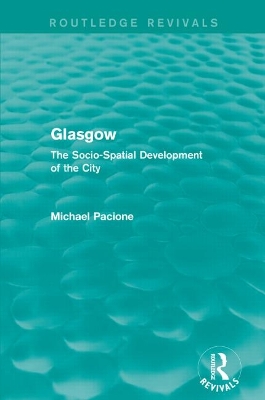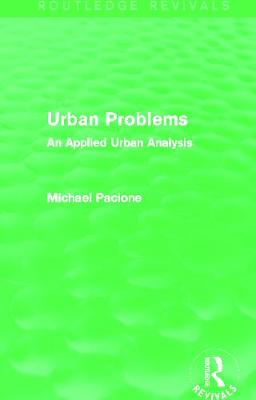Routledge Revivals
3 total works
First published in 1995, this book employs a historical-geographical approach to illuminate the interaction between the multifarious social and spatial forces which have conditioned the processes and patterns of urban growth and change over time in Scotland’s principle city.
The book is organised into two complementary parts. In the first part, a chronological approach is adopted to examine the main agents, processes and patterns underlying the development of the city from its pre-urban origins until the close of the nineteenth century. In the second part, the major issues relating to the socio-spatial development of Glasgow in the twentieth century are the subject of systematic examination. The book uses the geographical approach to synthesise relevant information from a plethora of sources to illuminate the changing geography of the city in a multi-perspective format.
This volume will assist those who are interested to understand the geography of Scotland’s principle city, and is an ideal book for students and researchers of urban studies, geography, social science and Scottish studies. It provides a fascinating insight into the structure of a vibrant, dynamic and often misunderstood city.
Urban problems and their resolution represent one of the major challenges for planners and decision makers in the modern world. This book, first published in 1990, makes a major contribution to the field, presenting an international and interdisciplinary approach to the challenges presented by the urban environment. The coverage is comprehensive, ranging from the economic and political dimensions of the capitalist system, to the issues of poverty and deprivation and questions about housing equity. This is an essential reference guide to social, economic and environmental problems in urban areas, which is of great value to students of planning, urban studies, geography and sociology.
A substantial proportion of the world’s population now live in towns and cities, so it is not surprising that urban geography has emerged as a major focus for research. This edited collection, first published in 1983, is concerned with the effects on the city of a wide range of economic, social and political processes, including pollution, housing, health and finance. With a detailed introduction to the themes and developments under discussion written by Michael Pacione, this comprehensive work provides an essential overview for scholars and students of urban geography and planning.


